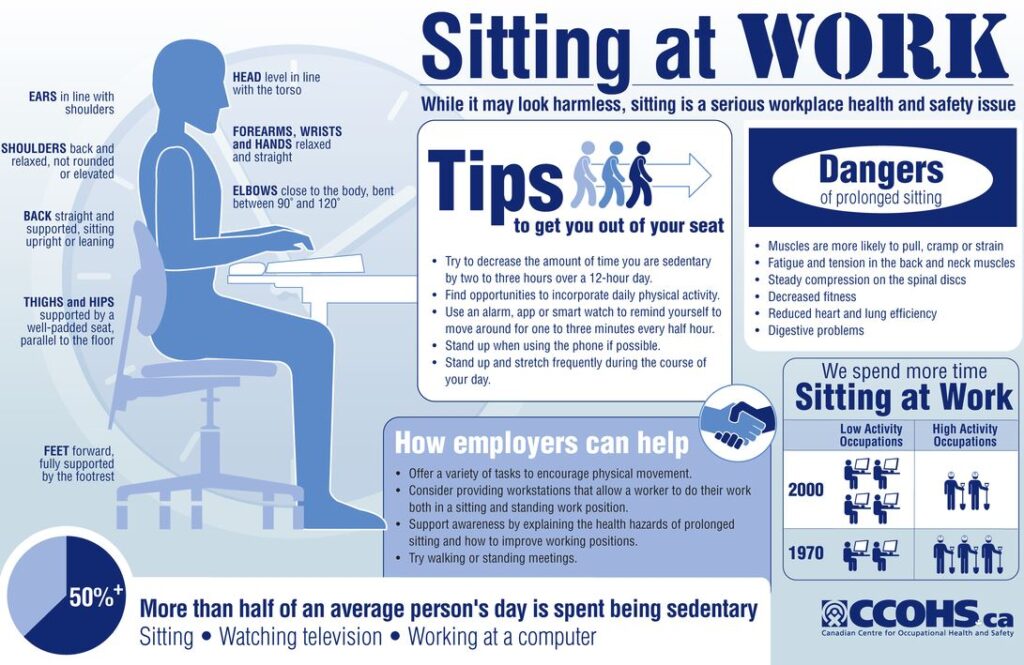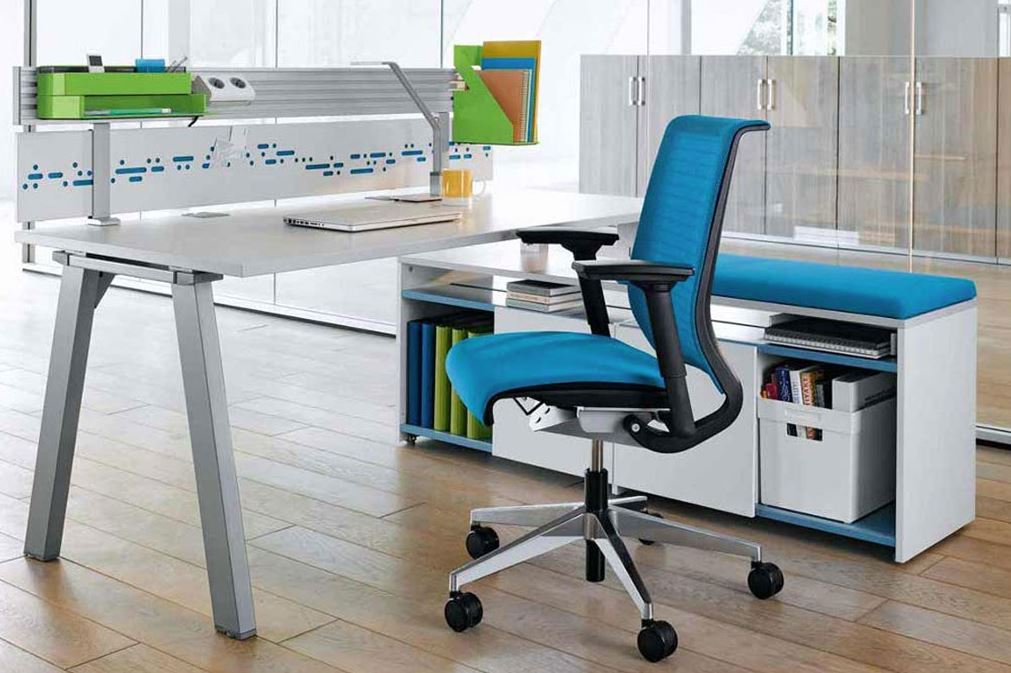The workplace landscape has evolved significantly in the 21st century, transitioning from individual cubicles to dynamic coworking spaces. As we spend a third of our lives at work, the environment we operate in has a profound effect on our health and productivity.
Ergonomics, the science of designing workplaces that fit people’s needs, plays a crucial role in this context. By prioritizing ergonomics in the design of coworking spaces, we foster healthier, more comfortable, and ultimately more productive work environments.
Understanding Ergonomics
Ergonomics is the discipline that explores the interaction between humans and other system elements, seeking to optimize human well-being and overall system performance. This consideration extends to workstations and furniture, ensuring that they support natural body postures and movements, thereby reducing strain and the risk of injury. In coworking spaces, an ergonomic design enhances comfort, increases productivity, and fosters a culture of health and well-being.
Ergonomic Workstation Setup
Designing ergonomic workstations involves understanding and addressing the physical needs of diverse users. Desks and chairs should be height adjustable to accommodate various body types, ensuring optimal posture. Computer monitors should be at eye level to prevent neck strain, and keyboards and mice should be positioned to maintain a natural elbow angle. Adjustable and supportive office furniture can help prevent musculoskeletal disorders, enhancing comfort and productivity.
Choosing Ergonomic Furniture
Investing in ergonomic furniture is vital. Ergonomic chairs provide lumbar support and have adjustable features to cater to individual needs. Standing desks or sit-stand options offer the flexibility to change work positions, helping to mitigate the adverse effects of prolonged sitting. Accessories like footrests, wrist rests, and monitor stands contribute to an ergonomic setup by facilitating neutral body postures.
Lighting and Illumination
Adequate lighting is essential in an ergonomic workplace. Natural light is best, but artificial lighting should be optimized to reduce eye strain and fatigue when it’s limited. Overhead lighting should be adjusted to minimize screen glare, while task lighting can provide focused illumination for specific activities, enhancing visual comfort.
Promoting Movement and Active Breaks
Static postures are a major contributor to workplace discomfort. Incorporating movement-friendly workstations, such as active seating options or treadmill desks, can encourage light physical activity. Regular breaks for stretching or walking around are also beneficial. On-site fitness or wellness areas can promote active breaks, contributing to overall well-being.

Creating Comfortable Breakout Areas
Breakout areas play a crucial role in coworking spaces. Ergonomic seating options can support relaxation and collaboration. Comfortable and supportive furniture in common areas can encourage interpersonal connections while allowing for relaxation. Integrating nature elements in biophilic design can offer mental rejuvenation and reduce stress.
Considering Acoustic Comfort
Noise can significantly disrupt concentration and productivity. By implementing sound-absorbing materials and designing quiet areas or acoustic booths, coworking spaces can offer environments conducive to focused work. Balancing noise levels is critical in fostering a productive and peaceful coworking environment.
Supporting Healthy Work Practices
Educational resources can encourage proper posture and body mechanics. Regular physical activity and ergonomic habits, such as taking breaks to stretch or shift position, can be promoted to enhance worker health. Access to wellness programs can further support a culture of health and well-being.
Regular Maintenance and Adjustments
Maintaining ergonomic furniture and equipment is essential to ensure their effectiveness. Regular ergonomic assessments help identify individual needs and address potential issues. Feedback from users should be sought to make necessary adjustments, ensuring that the workspace continues to meet the evolving needs of its occupants.
The role of ergonomics in coworking spaces must be balanced. A well-designed, ergonomic coworking space enhances comfort, fosters a healthier working environment, and drives productivity. As the workplace continues to evolve, prioritizing ergonomics in the design and setup of coworking spaces will be key to fostering enhanced well-being and productivity in our professional lives. By making ergonomics a core aspect of our workplaces, we invest in infrastructure and people, promoting a happier, healthier, and more productive workforce.…
